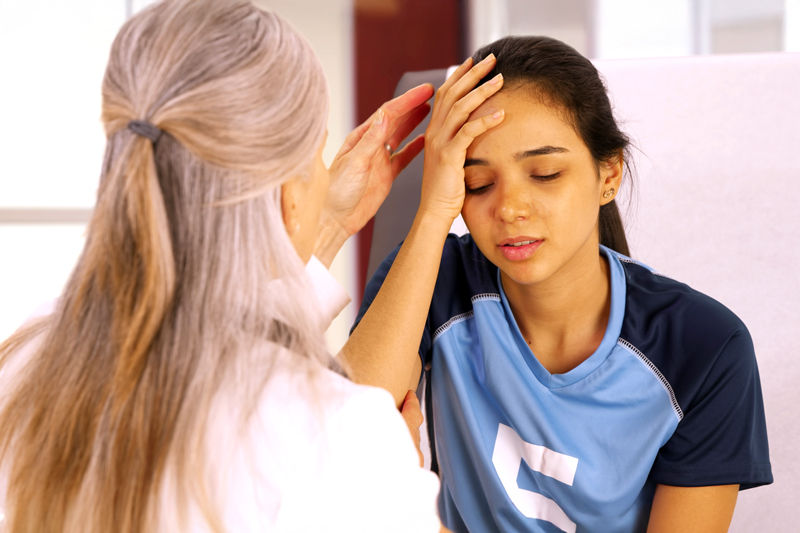Can I accidentally harm someone with first aid?
- jude72
- Nov 7, 2022
- 2 min read

The overwhelming majority of people have good intentions and wouldn’t hesitate to help even a complete stranger who was in distress.
We only need to look at the recent flooding throughout Victoria to see how people come together in times of crisis and help each other.
But when it comes to giving first aid, even the most well-intentioned people sometimes hesitate to help a stranger in need out of fear of doing more harm.
The simple truth to remember is this – according to publicly available figures, less than 1.0% of all instances of bystanders jumping to give first aid to someone result in that person suffering any additional harm. Yes, less than 1.0%. (Actually it’s 0.7%).
What that means is that over 99% of the time, whatever the person giving first aid did, helped the victim and did not harm them.
Keep in mind that if you come across someone who has had a heart attack or suffered cardiac arrest, without ANY help they will be dead in minutes anyway. So even if you performed CPR badly, you are increasing their chances of survival, NOT decreasing them. Dead is dead. Your help won’t harm them.
In fact the official policy of the Resuscitation Council of Australia is that ANY attempt at resuscitation is better than none. But these few simple tips could alleviate your uncertainty.
Yes, if you press too hard on someone's chest during CPR, you could crack a rib. But if you save their life, they won’t be too upset. Ribs can heal. (Oh and you DON’T have to give mouth-to-mouth.)
If you try to use a defibrillator on a person who DOESN'T need it, don't worry, it won't work! (Defibrillator machines are so smart, they won't shock a person if they detect the person's heart doesn't need it!)
If you think they might have a neck or spinal injury, don’t move them. Unless their life is at risk.
If you think they might choke, gently roll them on their side. (Yes, there’s a “right” way to do it, but however you get them there is most important.)
Apply PRESSURE bandages to bleeding wounds and snakebites, NOT torniquets.
If you’re too scared to do ANYTHING, call an ambulance and just stay with them. Keeping them calm, helps more than you can imagine. And if you really want to know how to do First Aid properly book at https://www.resultsfirstaid.com








If you're experiencing pain from sciatica, whiplash, back issues, or migraines, Arrowhead Clinic in Riverdale is here to help. Our skilled chiropractors use gentle, non-invasive techniques to promote spinal health and lasting relief—tailoring each treatment to meet your individual recovery needs. Learn more information here: https://www.arrowheadclinic.com/chiropractor/georgia/riverdale